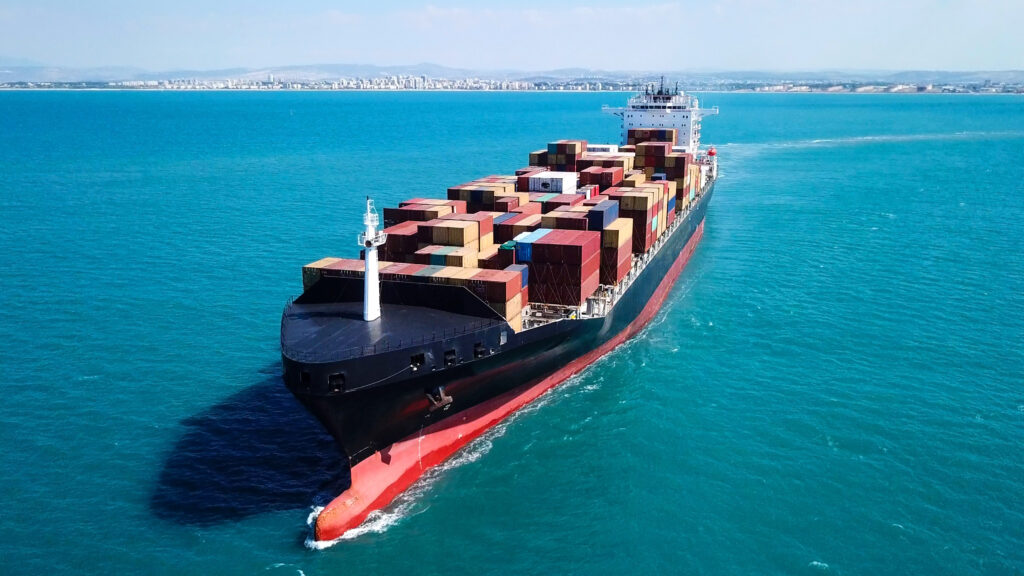Planes, Trains and Automobiles: Transport & Tribology

Throughout human history, tribology – even before the term was coined – has helped humans get around. From animal fats greasing wheel axles on carts, to the high-tech ceramic brake-pads on sports cars, tribology has played a role in almost every mode of transport throughout human history.
As humans invented more and more ways to move around the planet, more and more solutions were found to overcome the hurdles of friction which at every point sought to slow us down. These days, everything from trains to space-craft is designed with tribological principles in mind, even if these principles are not at the forefront of most peoples minds.
Read on to learn how transport has been transformed through tribology!

Planes
Let’s start with one of the most used forms of transport, and one of the most important in connecting our world and allowing people to get around quickly – air travel. Tribology is key in keeping planes in the air, and in making sure they work efficiently and safely. Without tribology, air travel would have never taken off!
Used in everything from the fuel to the landing gear, tribology plays a key role in aircraft design. Some of the largest jet engines used today can contain up to 25,000 individual parts, all of which need to work in tandem with each other perfectly.

The control surfaces of an airplane, such as ailerons, rudders, and elevators rely on hinges and joints that need to maintain low friction for effective control and manoeuvrability of the aircraft. Without tribological considerations such as lubricants that work well in the extreme cold of high-altitude (an average of −55°C!), planes would probably be able to go up, but coming down would probably be a lot more sudden!
While the design of aircraft is important, possibly one of the most regulated and key aspects relating to tribology is the aviation fuel used. Jet fuel is required to have a specific level of lubricity, as it’s used to lubricate various moving components within jet engines, including those in fuel pumps and flow control units. Standards such as ASTM D5001 dictate precise, universal testing methods for the lubricity of aviation turbine fuels, which shows just how important tribology is to air travel.
Trains
While they don’t need to leave the ground, trains need the assistance of tribology as much as planes. While some of the problems faced by trains are similar to those of air planes, there are some more unique issues for them as well.

One interesting area of interest for tribologists working on rail transport is the reduction of noise and vibration. We’ve all experienced the screeching of train wheels slipping on rails and tribologists – including our very own Dr Matt Smeeth – are performing research to help make railways quieter and safer.
As a train rounds a bend, its fixed wheels need to cover varying distances, leading to some inevitable sliding and, often, that annoying high-pitched squealing. This noise can be effectively managed with the right lubricants, enhancing the travel experience for passengers, and prolonging the life of the rail!
Tribological research is also ongoing into how rails and wheels are effected by wear, as the rail/wheel interface presents a lot of complex tribological challenges due to the heavy loads and diverse environmental conditions trains have to endure. Effective friction management is also crucial to train travel, as too much friction can lead to too much wear and energy loss, while not enough friction can cause slipping and loss of traction, meaning nobody would get anywhere!

And automobiles
According to statistics, in 2022 approximately 85 million motor vehicles were produced worldwide, and with so many people using cars and other automobiles on a daily basis, car travel is undoubtedly the most used form of transport in human history!
Tribology is integral in the automotive field, covering everything from electric to petrol vehicles, and motorbikes to lorries. It’s present in every moving part within these vehicles and has influenced the industry in everything from battery life, fuel efficiency and tire design, to micro electro-mechanical sensors that set off airbags!

The value of tribological research in this sector is hard to quantify, but is of particular importance in enhancing lubricant and coating formulas. These advancements not only extend the lifespan of vehicle parts – boosting reliability for consumers and being kinder to the environment through reduced part replacements and harsh chemicals – but can also help to optimise the performance of powertrain systems.
This results in significant fuel savings; in passenger cars, one-third of all the energy stored in the fuel is used to overcome friction in the engine, transmission, tires, and brakes. So even a very small improvement in cars can snowball into huge impacts worldwide.

Transport tribology is a huge topic area, even boats and space travel have their researchers. Boats and ships operate in wet, often salty, conditions, and tribologists work hard to develop more environmentally friendly and better performing lubricants for these unique conditions.
Even in space, tribology is still an important consideration. Every moving part on a satellite or space station will have been looked at to make sure they are reliable and appropriately lubricated. To find out more about how space travel is linked to tribology, have a read of our article on it.
In short, tribology and transport go hand-in-hand, and without tribology, the world would come to a very sudden stop!
To stay updated with the newest industry insights through our articles and news, click here!
